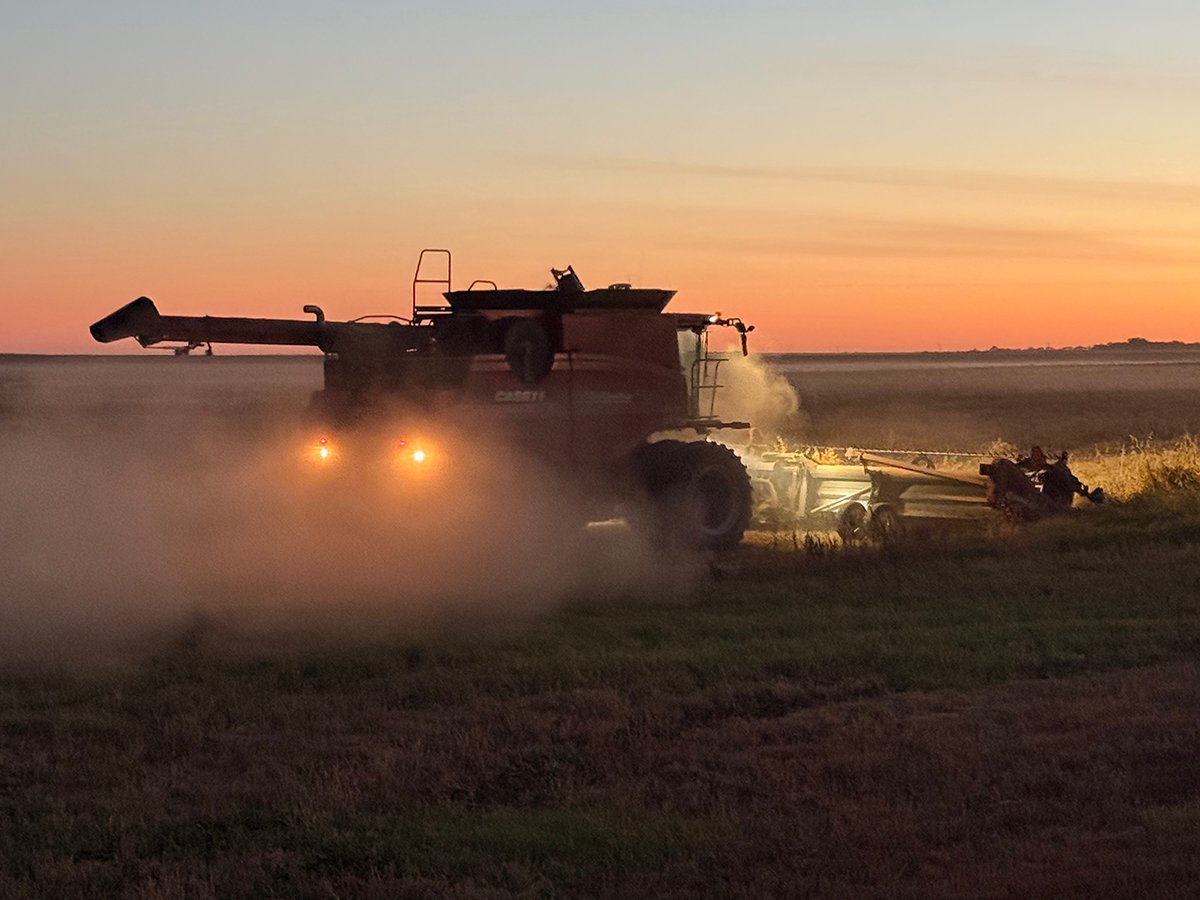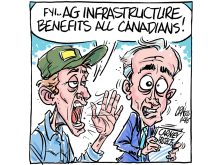IT IS relatively early days in the journey toward the next world trade
agreement but already, it is clear this round of negotiations is going
to unleash a raucous Canadian debate between agricultural sectors with
distinctly different trade philosophies.
During the Uruguay Round of trade talks that ended in 1994, Canada’s
contradictory trade policy goals were masked by government insistence
that the position be “balanced” – defending high tariffs for
import-sensitive sectors while insisting on better market access for
Read Also

Downturn in grain farm economics threatens to be long term
We might look back at this fall as the turning point in grain farm economics — the point where making money became really difficult.
export-competitive commodities.
There were tensions between competing domestic policy interests, but
they were largely contained through government reliance on the
predominance of the Canadian Federation of Agriculture as the main farm
voice representing both sides.
This round of world trade negotiations will be different. The two sides
are determined to make sure their voice and their interest is not lost
in a compromise. This time, the CFA will have to shout over competing
voices.
It is reflected in some recent Ottawa developments, even as Canada
still officially insists it can represent both sides during
negotiations in Geneva.
The opposing visions want to ensure their interests are not sacrificed
in this “balanced position.”
The five supply managed sectors have together hired an Ottawa trade
representative, a former Progressive Conservative and Canadian Alliance
operative with a mandate to remind politicians and bureaucrats that
Canada’s dairy, poultry and egg sectors are the most prosperous and
least in need of taxpayer subsidy.
In contrast, the Canadian Agri-Food Trade Alliance will open an office
near Parliament Hill this month and will insist that Canada stand for
tariff reduction, not preservation. If supply management boards end up
more exposed to foreign competition, that’s life in the real world.
Another new factor compared to 1993 is the Ottawa presence of the Grain
Growers of Canada lobby, which will push for an unequivocal commitment
to tariff reduction and freer access to markets. It believes defending
high supply management protections will undermine Canada’s credibility
at the table.
Protectionists versus free traders, supply management versus exporters.
Canada’s opponents at the trade-negotiating table will undoubtedly
exploit it by finding Canadian allies to discredit the negotiating
argument of the day.
Canadian negotiator: It is time for Europe and all other protectionists
to open their markets to our products.
European negotiator: Hmmm, I have a press release here from Canada’s
dairy and poultry sectors saying that Canada must not lower its 200
percent plus tariffs on their products. Which is it?
Canadian negotiator: Canada rejects the demand by the United States and
the Cairns Group that supply management tariffs be eliminated like all
tariffs. In those sensitive sectors, we offer managed access but not
open borders.
American negotiator: I have a statement here by your exporters
demanding unfettered access to world markets and insisting Canada offer
the same. Which is it?
Squaring the circle will be difficult indeed, as Canada’s internal
contradictions become more visible to the world.
















